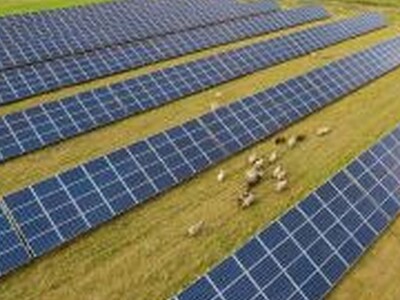Virtual Fencing Research Shows Potential Cost Savings

Lorrie Boyer
Reporter
“What we're doing is applying collars to livestock, we're working with cattle, primarily cow-calf pairs. Those collars are interacting with radio towers and our ranching partner who has a computer app that he's using to draw lines on a map. And you can draw boxes to keep livestock in or draw boxes to keep livestock out. And then those instructions are sent from his computer through the radio tower to the callers and then as the caller approaches those boundaries, the cattle they hear a beep. And then when they contact the boundary, there's a beep and a small shock.”
Each collar has a GPS inside of it, which then sends out a radio signal to the collar itself.
“That radio signal can go out. You know, it's a little bit sensitive to typography and there can be some shadow effects just like the radio on your car. But in general, that radio signal is able to get to the callers and give them instructions.”
The virtual fencing can be used in areas where it is not feasible to put in a hard fence and be more cost-effective as well as getting more animal unit days on pasture to help offset the costs of the technology copies. The research includes ecology, habitat, wildlife, and economics and includes partners such as Kansas State University. Capizzo is in the second year of a five-year study.
















